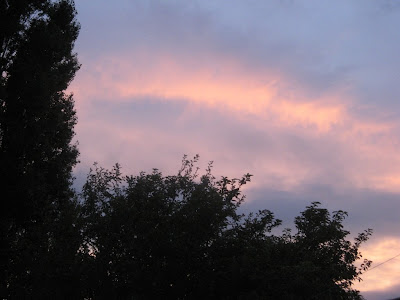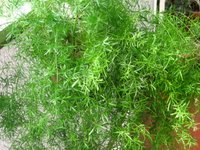The definition of a weed is any plant growing where you don't want it. And this blackberry bush, which is taking over the hydrangea, has definitely got to go. But maybe not quite yet. Maybe I'll wait until all the fruit has matured before I attack it.
Not that I have much hope of doing anything definitive. This will be about the fifth time I've tried to get rid of it. I cut it right back, dig out what I can of the roots - but when I come back after a year or two, there it is again. Does voodoo work on plants I wonder? Perhaps if I take a bit of the stem and stick pins in it ...
But for the next few weeks, while it goes on producing blackberries for tea, it can stay.
Blackberries grow wild in the woods and parks around here, and when I was a child late July and August was always blackberrying time. Walking through the park behind the garden today, which is in part left to grow wild as a nature reserve, I saw plenty of families carrying on the tradition. Quite a lot of people round here will have had blackberries for dessert tonight.
If you are worried about maggots incidentally, just pop the berries into some salty water for a while. The maggots will zoom out. If you're like me, you them rescue them, wash them off, and put them back on the plant - but I leave that up to you. Obviously you need to rinse the berries well before eating them - they're wonderful with cream.
So if you're wondering what to do with the kids these holidays, make a picnic, head for the woods - and enjoy.





















































